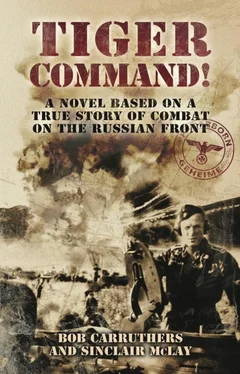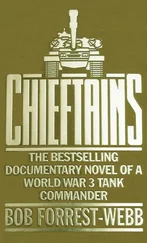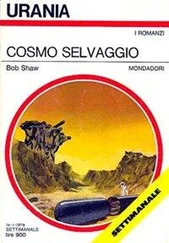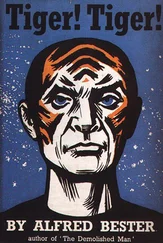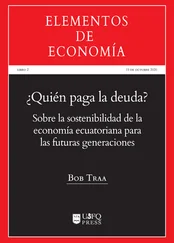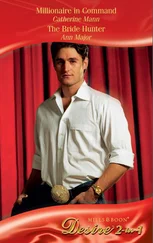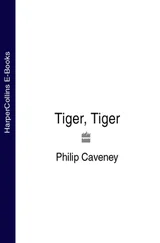“Good, I am looking forward to hearing the good doctor’s opinion,” replied von Schroif.
“According to Arnholdt,” continued Rondorf, “they are looking at an upgraded engine, but, for the time being, it may be that the best solution is to keep her under 2,500 rpm. This is far from ideal, and the designers are working on a solution for the next variation, but that was his suggestion.”
“Please pass on my regards to Doctor Arnholdt,” replied von Schroif, “and let him know that, if the Sunday afternoon driving club say 2,500, then 2,500 it is!” This brought forth a gentle but hearty laugh from all present.
*
Korsak cast a knowledgeable eye over the experimental light tank he had requisitioned. Captain Androv stood by nervously. It had been some time since their horse riding adventure, and he was understandably anxious as Korsak outlined the features of the T-26B which had recently been delivered from Moscow. The machine had caused a great deal of comment, as it had obviously been adapted for use as a flamethrower.
“Please God, do not let him take us out in this,” thought Androv, all the while feigning readiness to leap into action in this death-trap. His unease increased as Korsak approached a tank driver who was inspecting the vehicle with professional curiosity. Androv knew that this was a three man machine, and now that they were three, it could only mean one thing.
“Have you driven the T-26, comrade?” asked Korsak of the curious driver.
“Yes, comrade, it was the tank we trained on. I have driven it hundreds of time, but this looks unusual.”
“Indeed, it is,” said Korsak. “Many experiments have been conducted by our comrades in the tank development department of the Red Army to determine the advisability of converting the T-26B tank into a flamethrower!”
“Well, that is certainly an unexpected development. Is it an effective weapon?” asked the driver, who was becoming increasingly interested.
Korsak continued with his explanation. “That remains to be seen. As you are aware, this tank normally carries two 7.62 mm machine guns…”
“I have also served in these machines with one anti-tank gun and one machine gun, although the main gun is far from effective,” said the driver. “ On balance, I prefer the dual machine gun version.”
“I stand corrected, comrade,” replied Korsak, “but here is an intriguing new variant. If the tank is converted to a flamethrower, only one machine gun can be carried. We need to find out which is most effective, the flame or the bullet.”
“Shit! Shit! Shit!” thought Androv. “He’s going to drag me off on one of his insane adventures. Please let me live. I don’t need this man in my life. If I get the chance, I’ll kill the bastard!”
“Will you help us in a test mission, comrade?” Korsak asked the driver.
“Willingly,” replied the driver.
“Good,” said Korsak. “Now, pay attention. On this experimental model of the T-26B, the fuel tank for the flame-throwing apparatus is mounted on the tank, instead of being towed on a trailer. This does not strike me as a good design feature. Various tests on flamethrowers using crude oil, and some other similar fuels with a greater potential to cling to victims, show that ten gallons of fuel per second are consumed under high pressure through a three centimetre nozzle to obtain a range of 100 metres. At this rate, the blast could be expected to last from ten to eleven seconds. By lessening the pressure, the range is reduced to between 25 and 40 metres, and the stream of flame lasts longer. The question therefore arises whether it is worthwhile sacrificing the firepower of one machine gun for such a short-lived flame.”
Korsak gestured towards the tank. “Shall we, comrades…?”
The three crowded in and the driver asked for orders. “Where do you wish me to go, comrade?”
“Fucking Berlin, if I know this lunatic!” thought Androv, wisely keeping his own counsel.
To his great relief, the journey was a very short one. 500 metres past the workshops was a small barbed-wire holding compound for German prisoners. Fifty or so dispirited men lay on the grass and contemplated their ill luck. That luck was about to run out.
Korsak wasted no time and immediately sent a five second blast of flame into the compound. Almost thirty prisoners were immediately engulfed in flame, the screams and cries of agony and shock unearthly in their intensity. Korsak observed the effects of his handiwork as the burning men desperately tried to extinguish the clinging flame engulfing them in an unendurable anguish. The screams intensified and the smell of oily smoke and charred flesh filled the air.
A further intense blast of searing flame was directed towards the men who had avoided the first jet. Korsak lessened the intensity and amused himself by chasing the few untouched prisoners with the jet of flame, like a father spraying his children with a water hose. The deadly game was soon over, as the flame gave way and flickered out.
Androv sat in his seat, shocked and catatonic with disbelief. He could not comprehend the horror he had just seen, and he was unprepared for Korsak’s cynical suggestion: “Come, Comrade Androv, we should not allow our prisoners to suffer. You have the machine gun…”
The screaming mass of writhing men presented an unmissable target, and Androv had little trouble in internally justifying his own part in the barbaric trial operation which was unfolding. The prisoners were suffering beyond human limits and their horrific plight needed to be brought to an end. Six long blasts from the machine gun silenced the cries of misery, but it was a scene which would never leave Androv, one that would haunt him for the rest of his life.
*
Day by day, the crew at Paderborn were getting better and better. Bobby Junge was growing in confidence, and the longer he kept her at just under 2,500 rpm, the more confident he became that his spoiled young lady would not throw a tantrum! The next day they were to conduct some trials with armoured cars in the role of T-34s, duplicating their speed, movements and tactics. They were moving smoothly through some hilly terrain when a target appeared, coming up over a hill directly behind them, approximately 1,000 metres away.
“Target, 6 o’clock!”
Knispel immediately adjusted the position of his feet on the hinged platform and the turret began its slow traverse. The gun was at 12 o’clock and, to von Schroif’s great disappointment, it took over thirty seconds for the turret to swing around. He knew that, in a battle situation, this would grant vital time for the Soviet driver to make up ground on him and become a potential threat. This was going to have to be accounted for, either by Bobby Junge swinging the tank around, or by an evasive manoeuvre. But this was why they were here, on the training ground. All of these potential problems had to be ironed out or, if not, alternative strategies which took note of these deficiencies would have to be developed.
There was one other thing that von Schroif had noticed during this training, and it exercised his mind greatly. He was blind in one eye. That is to say, because of the position of his cupola on the left-hand side of the turret, there was an area to his right which rendered him completely unsighted.
“How could this be? How could any commander operate with a blind spot?” He was going to have to speak to Kurt. For now, his mind focused on the immediate task at hand: gunnery practice. The first part of the exercise would use a Panzerstellung, an 88 mounted in a concrete turret.
The first practice involved a target with a range over 1,200 metres. Using the knife and fork technique, von Schroif and Knispel scored highly. Simply put, the fork technique was a way of eating up a target. They would drop one shell in front of the target, noting its position. Then they would drop another 400 metres behind, again noting its position. They could then divide the distance between the two into four sections of 100 metres, add 100 metres to the first shot, and the third shot would be deadly accurate. If they were unable to see the terrain behind the target, then they would use the knife technique. This was more difficult, but essentially involved dropping the second shot in front of the first, again in front of the target, and then using these two locations to estimate the distance of the final shot.
Читать дальше
